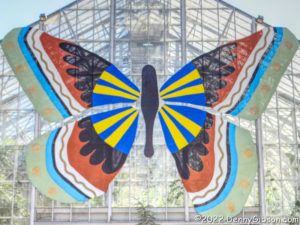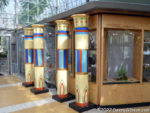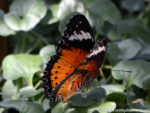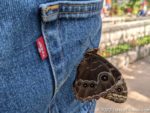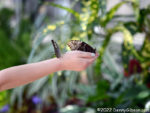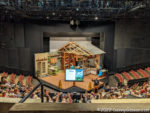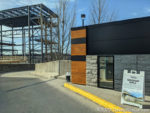 With Ohio Burger Week running Monday through Sunday and this blog being published too early on Sundays for hamburger eating, my 2020 report came up a day short and the 2021 report did even worse as the first two days were lost to travel. But this year I’ve had seven straight days of hamburgers at press time although the first of those days wasn’t in Cincinnati or even in Ohio.
With Ohio Burger Week running Monday through Sunday and this blog being published too early on Sundays for hamburger eating, my 2020 report came up a day short and the 2021 report did even worse as the first two days were lost to travel. But this year I’ve had seven straight days of hamburgers at press time although the first of those days wasn’t in Cincinnati or even in Ohio.
I found myself in Richmond, Indiana, last Sunday and, as is my habit, queried my phone about nearby breweries. It told me of 5 Arch Brewing which would be open by the time I could reach it in nearby Centerville. My plan was to just have a beer until I learned about their food and their hamburgers in particular. I had two choices: I could save myself for the launch of Burger Week the next day or I could get an early start. I obviously opted for the early start and am very happy that I did. The ‘burger (and the fries and the Nut Brown ale) was excellent and I had a beautiful 1893 back bar to look at while I ate.
My first official 2022 Burger Week ‘burger came from Craft Burger Bros. They were operating at Streetside Brewery on Monday but served their “Grippo Cheeseburger” at other locations throughout the week. I thought the Black Cats ale accompanied it nicely. Since I had already involved two businesses in my meal, I saw no harm in involving a third so headed to Aglamesis Brothers for dessert. It’s Pineapple & Pecan, an old flavor that was brought back temporarily for their centennial. It was so popular that it now comes back every summer and it brings me back.
On Tuesday I downed a “Magic Mushroom Burger” at Lori’s American Grill. It was delightfully messy and magically (the mushrooms are hiding under the melted mozzarella) delicious.
5 Arch and Lori’s were totally new to me and so was Burger Bros although Streetside Brewery was not. Wednesday’s ‘burger stop was familiar in a different way. The building that now houses Sinners and Saints, was once home to a place called Brew River where I’d eaten several times. My “Venerable Beast” was topped with a single onion ring rather than the onion straws in the sandwich’s description but I don’t think it made me enjoy it any less. The glass advertises a local brewery but it contains Summer Ale from Sam Adams, an event sponsor.
On Thursday, it was back to something completely new at Revolution Rotisserie. As you might have guessed from the name, their specialty is rotisserie chicken but the menu isn’t limited to just chicken. Their Burger Week offering, “The Amador”, was quite good. That’s Fretboard’s Vlad in the glass.
Friday was a double-dip day, and the only day where the ‘burger was one I’d eaten before. Although it’s more often for a Nueske ham sandwich than a hamburger, I’ve visited The Turf Club many times. I’ve even indulged in the Burgundy wine mushroom sauce in the past but remember that sandwich costing noticeably more than the $7 Burger Week rate. That memory is why I put this ‘burger firmly on this year’s list from the beginning. By sitting at the counter, I could watch Ron cook my Fieri Burger (named for the D, D, & D guy) and then have him personally deliver it. Today I have a Northern Row beer (Hustler) but no Northern Row glass. Those who lament the external stripping of the neon-encased Terry’s Turf Club might be somewhat assuaged by the fact that the inside remains the same.
The second dip of the day was the special Burger Week dessert at the Macaron Bar in Hyde Park. “…chocolaty cheese and lettuce”, oh my!
My string of hamburgers ends as it started, in a brewery in a neighboring state. There are some big differences though, including the fact that it’s close enough to Cincinnati to be included in its Burger Week listing and it is a place I’ve visited before. I counted Bircus Brewery as my 200th and I’ve been here a couple of times since but have never eaten here. Bircus has always been a little different. Its home is a former theater and it has always been part brewery and part circus. The kitchen is a fairly recent addition. Its meat is sourced from the farm it supplies with spent grain making it a brewery-to-farm-to-table restaurant. Pizzas are always available; hamburgers are a Burger Week special. That’s a “Burger Alla Pendleton” in the basket and Lagoon Scotch Ale in the glass.
That’s a wrap. I end my personal ‘burger week on Saturday so I can write it up in my weekly post on Sunday morning. But the official Ohio Burger Week continues through today so you still have time to squeeze some buns and chomp on some patties. Every one of the seven pictured on this page would be worth your time and money and I’ve a hunch that all the others listed on the Burger Week website would be too. Last year was the first time that The Turf Club (nee Terry’s Turf Club) participated in Burger Week and this is the first year I’ve eaten there as part of the Burger Week binge. I’m not going to try ranking or even rating the ‘burgers I tried beyond saying that I retain my belief that in my experience The Turf Club serves the best hamburger in Cincinnati.

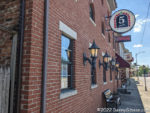



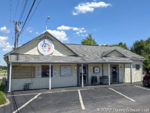


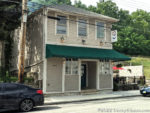
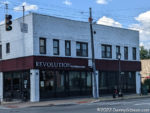

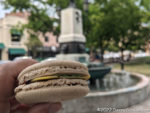

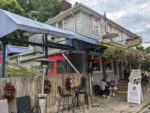
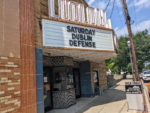
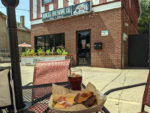
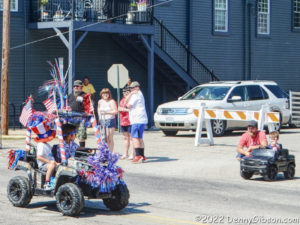




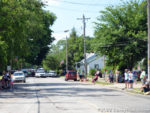






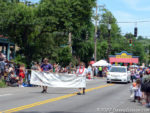

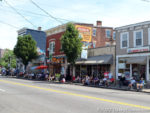








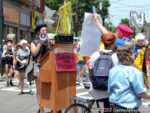
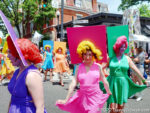



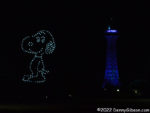
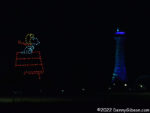
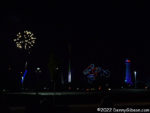
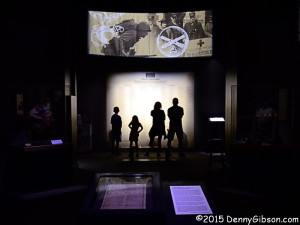


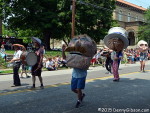
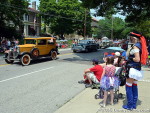
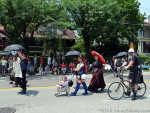




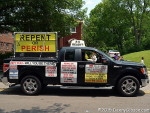
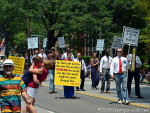
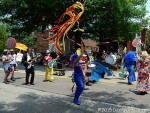
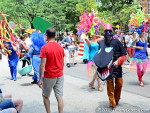
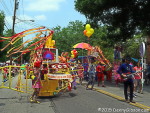






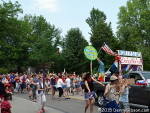
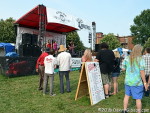
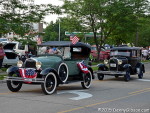



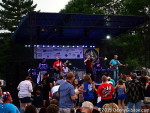
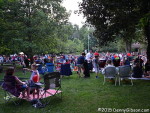




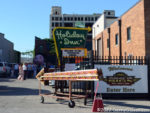

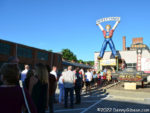
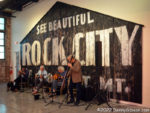
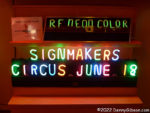
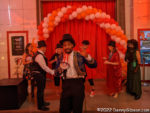
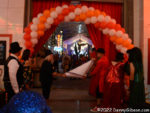

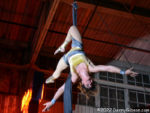
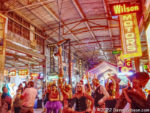

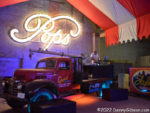
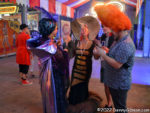
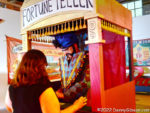
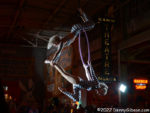
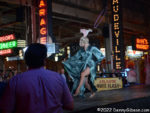
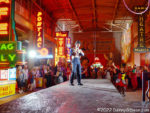
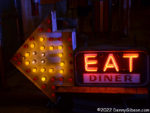
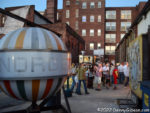
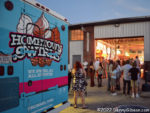
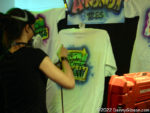
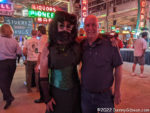


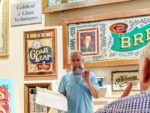






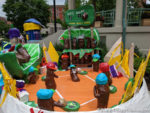



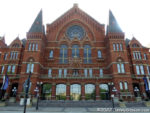
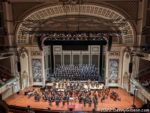
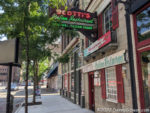
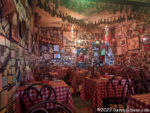
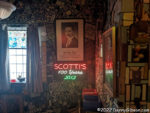
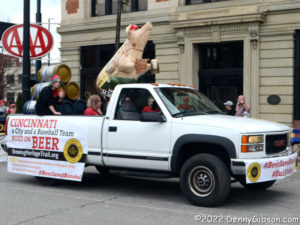
 The first Easter post, in
The first Easter post, in 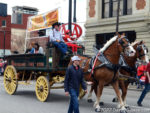
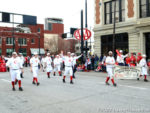
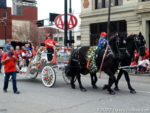
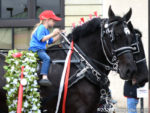






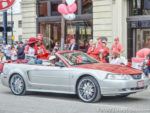

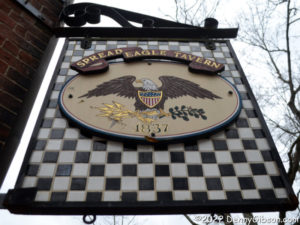
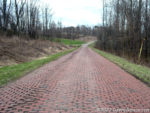
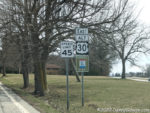
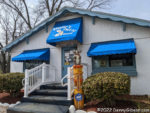
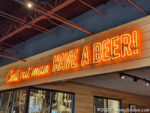




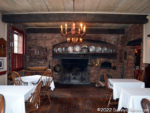
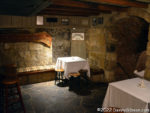
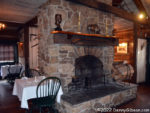
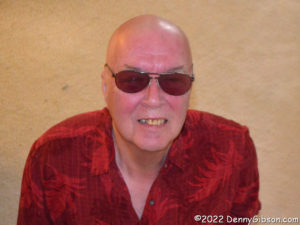
 I’ve always wanted to have hair like Peter Frampton, and now I do. Many years ago, I told myself (and a few others) that when my hair loss reached a certain point, what remained would go too. Although I never really specified what that point was, I’m pretty sure I’ve gone beyond what I had in mind at the time. Once I acknowledged that, I had only to pick an occasion and have at it. Birthday #75 seems as appropriate an occasion as any.
I’ve always wanted to have hair like Peter Frampton, and now I do. Many years ago, I told myself (and a few others) that when my hair loss reached a certain point, what remained would go too. Although I never really specified what that point was, I’m pretty sure I’ve gone beyond what I had in mind at the time. Once I acknowledged that, I had only to pick an occasion and have at it. Birthday #75 seems as appropriate an occasion as any. Including this picture in this post also seemed appropriate. I’ve used it before — originally for
Including this picture in this post also seemed appropriate. I’ve used it before — originally for 